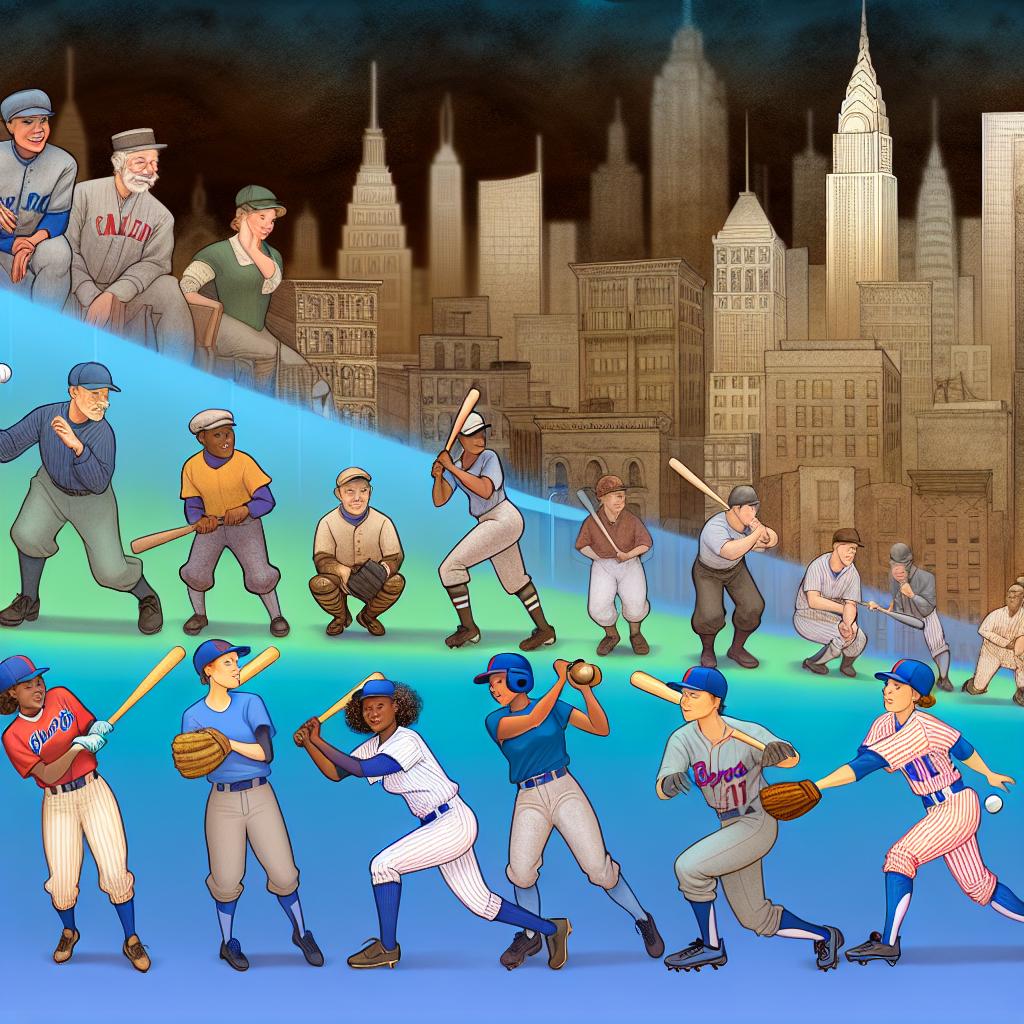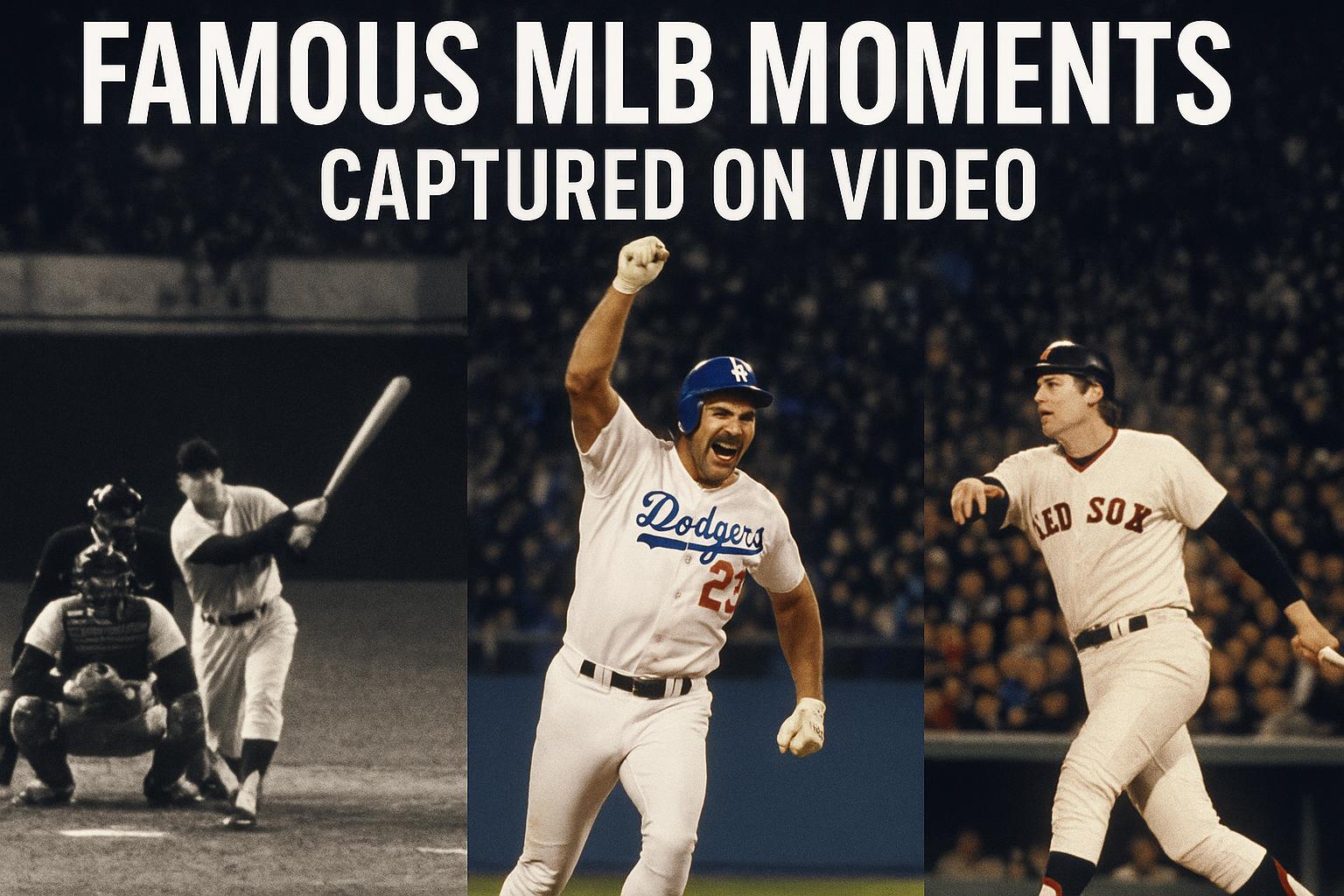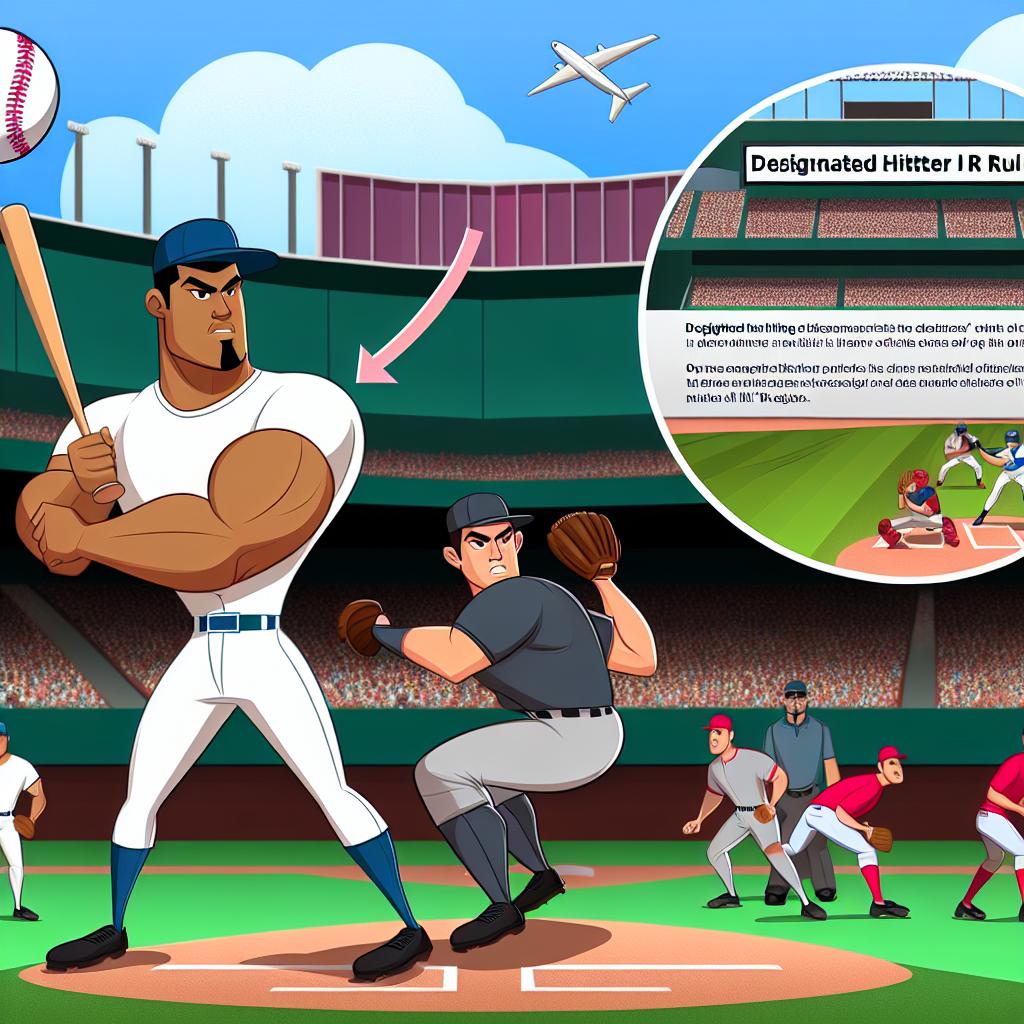The Early Years
Major League Baseball (MLB) began its journey toward becoming a prominent sports league in the United States in the late 19th century. The initial formation comprised two separate leagues, the National League (NL) in 1876 and the American League (AL) in 1901. These leagues acted independently until they formed an agreement in 1903, which led to the first World Series. This monumental event not only symbolized a newfound cooperation between the two leagues but also set the stage for baseball’s evolution into a national pastime.
Initial Growth
In the early decades, MLB’s growth was modest. Both leagues consisted of around eight teams each, primarily located in the northeastern and midwestern United States. During this period, expansion was slow due to the challenges of transportation and communication across long distances. The focus was mainly on establishing a robust fan base within these regions. Baseball games became a vital source of community engagement, drawing fans from local neighborhoods and fostering a sense of regional pride around their teams. This focus on regional dependency was in part due to the limitations of the time, which restricted travel and communication.
Despite these challenges, baseball slowly gained popularity, and stadiums began to be seen as a central part of American towns and cities. They became venues where people gathered irrespective of social class to enjoy the sport, creating a unique shared cultural experience.
Post-War Expansion
After World War II, baseball saw a surge in popularity, leading to increased attendance and revenues. This provided an opportunity for expansion. By the 1950s and 1960s, the improvement in transportation infrastructure and the economic boom made it feasible to consider expanding the league to new cities. The movement of people to suburban areas and the rise of the automobile culture created a ripe environment for rethinking the geographical spread of MLB.
In 1953, the Boston Braves moved to Milwaukee, marking the first significant franchise relocation since 1903. This set the stage for further geographical expansion, changing the landscape of professional baseball in the United States. Milwaukee Braves’ successful relocation evidenced that moving teams could work financially and demographically, laying the groundwork for subsequent relocations and expansions.
1960s Expansion
The 1960s was a pivotal decade for MLB expansion. In 1961 and 1962, both leagues added teams to increase their total. The AL welcomed the Los Angeles Angels (known today as the Los Angeles Angels of Anaheim) and a new Washington Senators team, after the original team moved to become the Minnesota Twins. Meanwhile, the NL expanded by adding the New York Mets and the Houston Colt .45s, the latter of which would eventually become the Houston Astros.
The introduction of these teams was driven partly by television’s emergence as a dominant social force. Broadcasting games brought MLB directly into people’s homes, increasing the fan base and generating broadcasting revenue. Expansion into larger markets like Los Angeles and New York aimed to capitalize on this growing visibility, amplifying the sport’s reach to a national audience.
The 1990s and Beyond
The league continued to grow, and in 1993, two more teams were introduced: the Colorado Rockies in the NL and the Florida Marlins (now the Miami Marlins) in the NL as well. This expansion aimed to tap into emerging baseball markets and enhance the league’s reach. It demonstrated MLB’s strategy of proliferating its presence in regions with potential fan bases, which extended the sport’s popularity and amped up revenues through merchandising and broadcasting.
The 1998 Expansion
The most recent major expansion came in 1998 with the inauguration of two new teams: the Arizona Diamondbacks in the NL and the Tampa Bay Devil Rays (now the Tampa Bay Rays) in the AL. This brought the total number of MLB teams to 30, a configuration that remains today. The inclusion of new teams in previously untapped markets showed MLB’s desire to be a truly nationwide sport, catering to fans across different states and fostering new local rivalries.
The challenge of these expansions often lay in balancing tradition with modernization. While new cities offered financial advantages and new fan bases, it was critical for MLB to maintain a connection with the traditional aspects of baseball that historical fans cherished.
Further Developments
As of the 21st century, MLB continues to evolve in response to changing demographics and media consumption habits. Discussions around potential further expansion or relocation frequently emerge, with cities like Nashville and Portland often mentioned as possible future homes for MLB teams. The consideration of these cities underscores MLB’s ongoing strategy of tapping into new markets with rising populations and fan enthusiasm for sports entertainment.
MLB has also been responsive to the digital age, using advanced analytics, digital ticketing, and streaming services to engage with a younger and more tech-savvy audience. This digital shift is pivotal for maintaining baseball’s status as one of America’s favorite pastimes. Its history of expansion reflects broader changes in transportation, communication, and the economics of professional sports, offering a lens through which to view the evolution of American society.
For those interested in learning more about the historical development of MLB and its impact on sports culture, exploring archived articles from reputable sports news outlets and specialized sports history resources could offer in-depth perspectives. These materials provide rich context on the social, economic, and cultural factors that have shaped baseball over the years, helping to appreciate its enduring significance in American sports.





